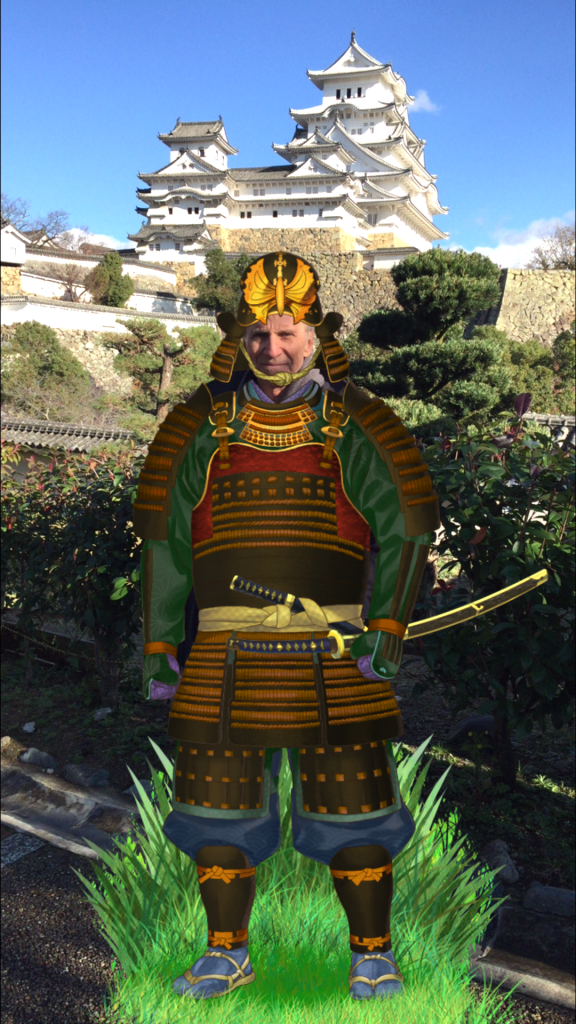
Have you seen the James Bond film You Only Live Twice? At one point 007 was being given ninja training and those particular scenes were filmed at one of the most famous castles in Japan, Himeji Castle. It’s also known as the ‘White Egret Castle’ because its intensely white walls and majestic architecture apparently makes many folks think of a huge bird taking flight.
More recently, Himeji is associated with the Tom Cruise movie The Last Samurai, but that was actually shot at the nearby Engyoji Temple and Daikodo, a mountain village once used for training of priests.
In any event, the castle is almost seven centuries old, dating back to 1333 CE. I won’t begin to attempt summarizing its long, glorious history. I will, however, offer a few interesting facts and highlights.
Himeji Castle is the largest castle in Japan, its architecture is prototypical of all such castles, it is made of stone and wood, has extensive fortifications dating to Japan’s feudal times. From Wikipedia: “The castle complex comprises a network of 83 buildings such as storehouses, gates, corridors, and turrets (櫓, yagara). Of these 83 buildings, 74 are designated as Important Cultural Assets: 11 corridors, 16 turrets, 15 gates, and 32 earthen walls.” Registered December 1993, Himeji Castle was one of the first locations designated as a UNESCO World Heritage Site in Japan.
It has been remodeled and rebuilt a number of times. Significantly, however, it survived the massive firebombing campaign of WWII, which leveled the entire surrounding town. A firebomb actually landed on the top floor but failed to detonate. It also survived the Great Hanshin Earthquake — aka Kobe Earthquake — of 1995. Himeji is only 50 km (31 miles) west of Kobe.
Though it’s only about a 1 1/2 hour drive from my home here to Himeji, I’ve only visited the castle twice. It’s spectacular and deserves greater attention, for sure. Here are a few photos I took my first visit, then more recently when a friend from the Netherlands visited.



